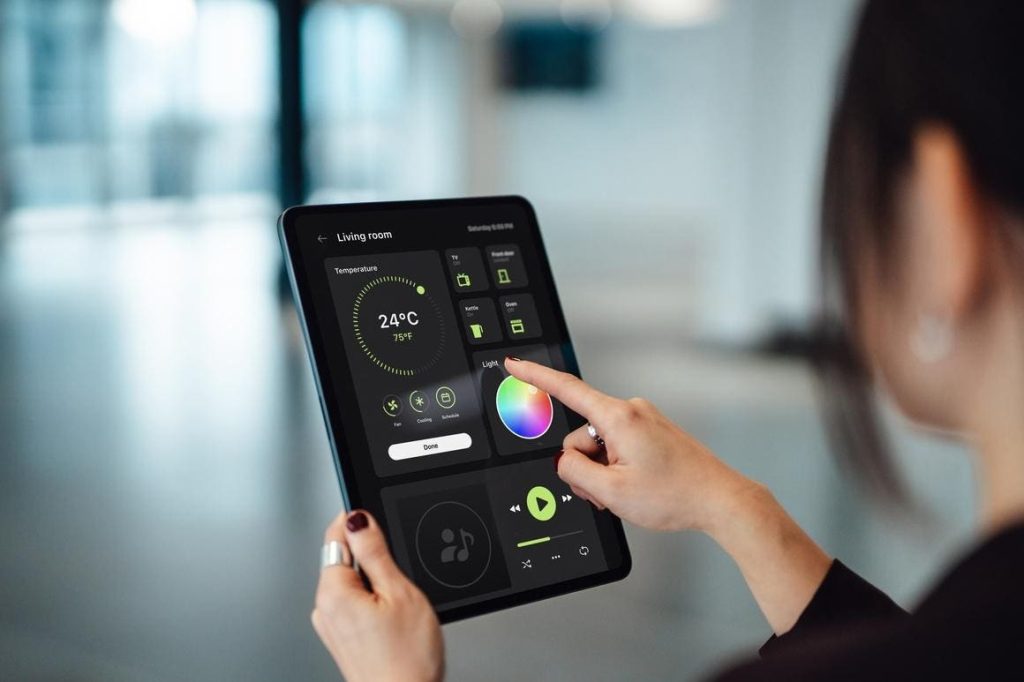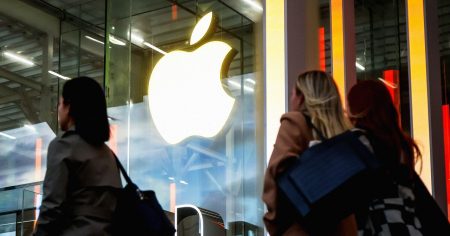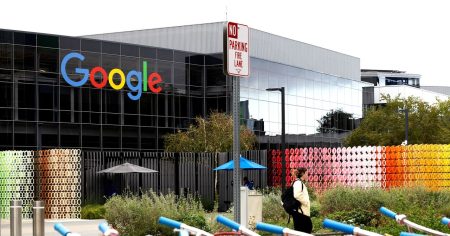Paul Scialla, founder and CEO of Delos. Paul is an expert on indoor environmental quality and healthy buildings.
While sustainability and green building trends have been top of mind for real estate leaders and developers for some time, many are taking notice of another percolating consumer demand and are looking inward—inside the building envelope—to deliver healthy housing.
Over the past few years, people’s relationship with their home environments has evolved. Many Americans spend about 90% of their time indoors, with much of that time spent at home, and 75% of consumers report believing that housing plays a key role in their health.
People are increasingly taking their well-being into their own hands. With wellness driving lifestyle choices, many people are seeking environments that can support healthy lifestyles. This poses a pivotal opportunity for builders and developers, in particular.
While there was momentum prior to the pandemic, Covid-19 was a catalyst in accelerating wellness real estate. In 2020, wellness real estate grew by more than 22% to $275 billion, despite the overall construction output shrinking by 2.5%, according to a report by the Global Wellness Institute. People have become more aware of the direct influence that indoor environments have on their well-being, and the industry has seen an increased demand for wellness features.
Forward-looking developers can see the writing on the wall. The global wellness real estate market is estimated to more than triple, from about $279 billion in 2021 to nearly $864 billion in 2028. Offering healthy features in new developments thus creates a massive opportunity for builders in the wake of a tumultuous market. Fifty-nine percent of consumers will pay more for a wellness-related solution.
Features that once started as luxury amenities, such as air purification systems, water filtration, circadian lighting design and more, are becoming valuable selling points that draw people in. Studies show that cleaner air can increase property value, and consumers are willing to pay more for spaces that can improve their health and wellness. Active features in homes, such as saltwater pools, as well as passive features like air quality monitoring and water filtration, are gaining in popularity. In fact, the air purification sector is expected to grow at a compound annual growth rate of 7.3% between 2023 and 2030.
The ubiquity in demand shows a major increase in consumer understanding of how the indoor environment impacts their health, and the mass marketization confirms that healthy features in homes and buildings are not a fad; they’re the future.
In addition to system upgrades such as air purification and water filtration, developers can also seek safer and healthier building materials and finishes. There has been a 55% increase in listings mentioning non-toxic materials over the past year, a Zillow home trends expert told a Forbes contributor. Listings mentioning antimicrobial surfaces are also on the rise, with a 44% increase in the past year. While prioritizing these items in properties might require a slightly higher upfront cost, the market trends indicate that people are willing to pay a premium for wellness solutions.
Improving the environmental quality of a space is essential and can influence every aspect of a person’s life. Real estate leaders, developers and architects have the power to impact so much of people’s lives and turn a space into a vehicle that supports health and overall well-being.
Forbes Business Council is the foremost growth and networking organization for business owners and leaders. Do I qualify?
Read the full article here










